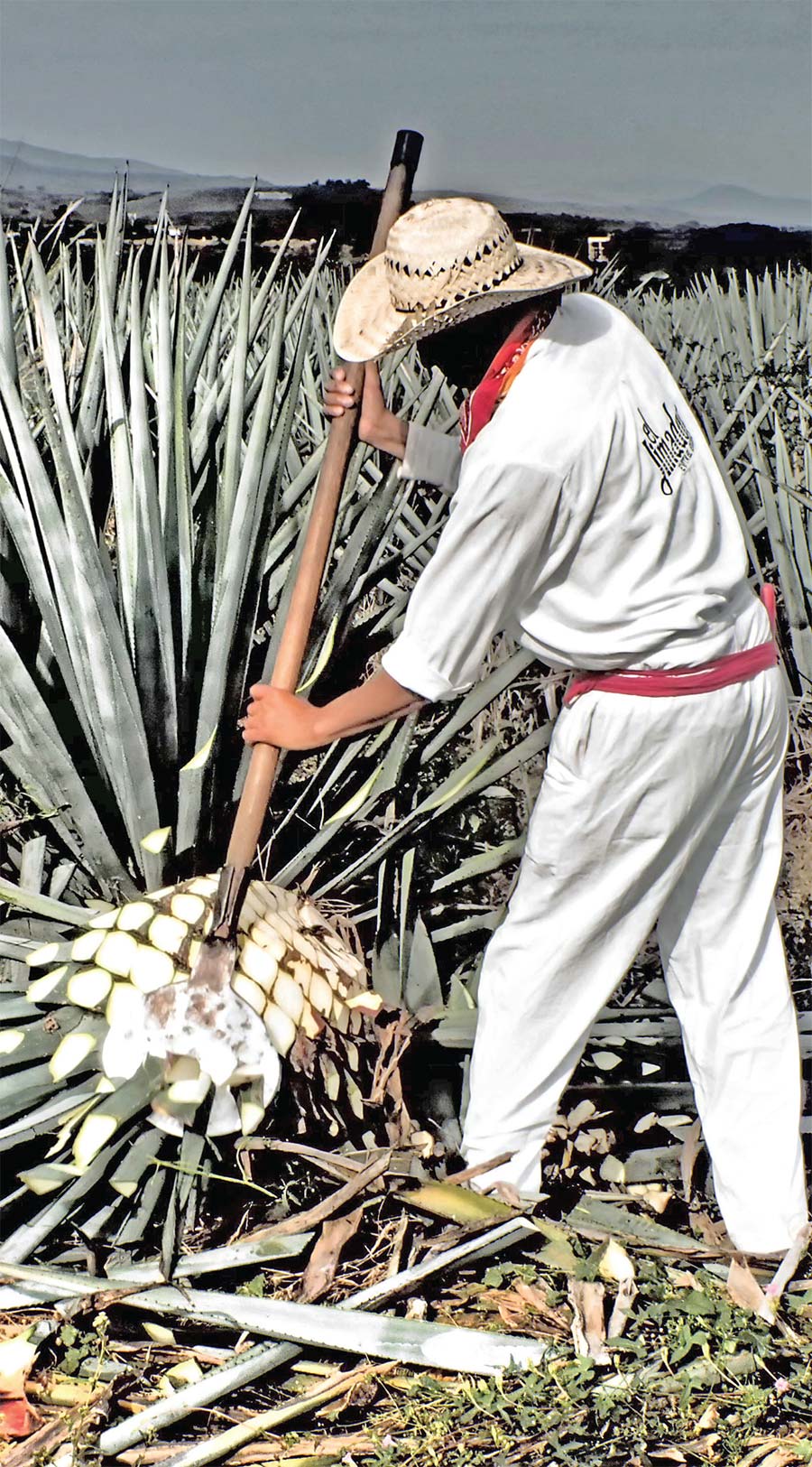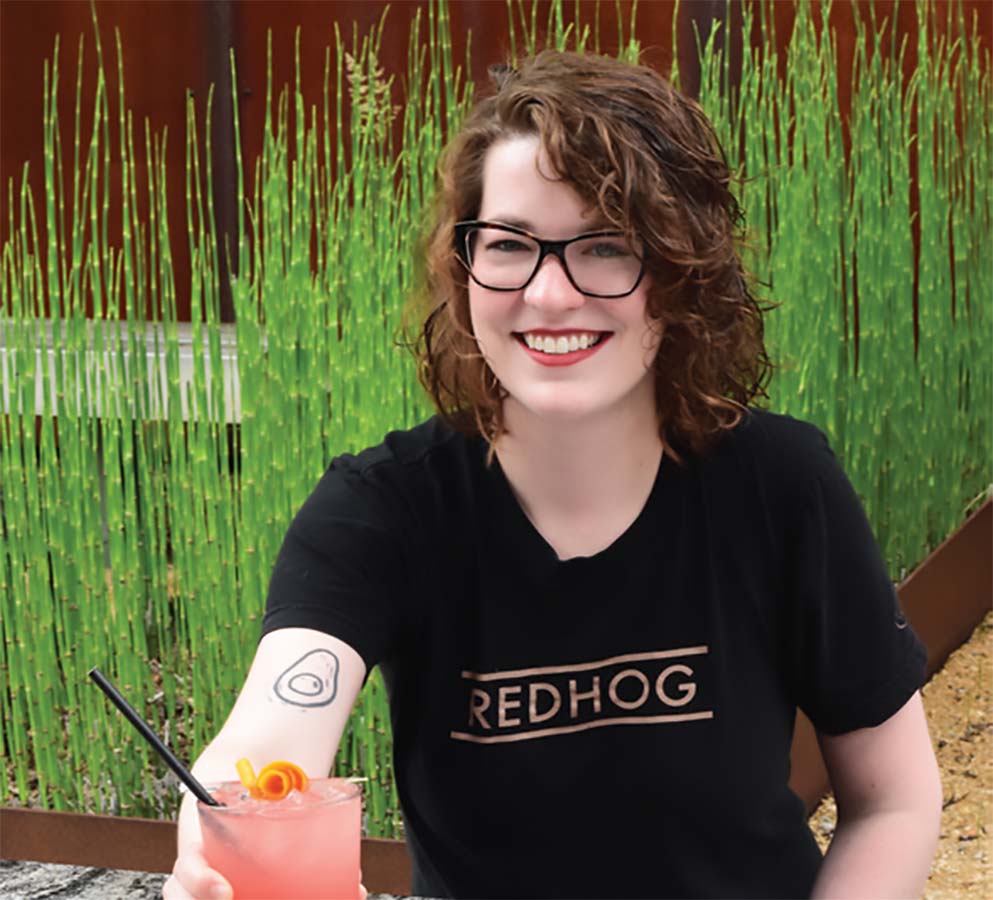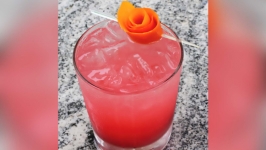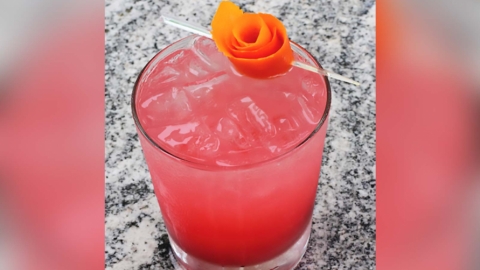¡Olé! for Tequila
I’m not alone in thinking tequila gets little respect in Louisville. This terrific historic spirit is at least twice as old as bourbon and loaded with even more dubious and interesting lore. Yet too few know much about it or consider consuming it apart from a margarita.
Other than spots like The Silver Dollar and Señor Iguana’s, shelves of most Louisville watering holes contain just a handful of good tequila bottles. That’s the reality of customers’ desire for only a few options, says Levi Donaldson, the longtime operating partner at Wild Rita’s.
“Of the roughly 100 tequila SKUs [stock-keeping units] we had at Wild Rita’s, only eight sold much,” said Donaldson, also a veteran bartender and tequila lover. Sadly, Wild Rita’s closed in May. “It’s hard convincing people to try new things, especially if they don’t understand or respect it.”
Part of tequila’s popularity problem—not just here but elsewhere— is the culture of ignorance surrounding it: namely that it’s for shooting with lime and salt. Donaldson says shooting it is a waste, and I agree. Worse, tequila most commonly used in shots isn’t even fully tequila. It’s mixto, such as Jose Cuervo or Montezuma, which is at least 51% tequila blended with sugar syrup and food coloring.
“You won’t find mixto on our shelves,” said Chris Zaborowski, co-owner of Westport Whiskey & Wine, whose retail tequila selection is unparalleled in Louisville. “I’ve always been a tequila fan, and we wanted to show our passion for it with a selection that’s broad. Having a lot of choices brings more people to us looking for it.”
SIP IT, SIP IT GOOD
Good tequila, just like your favorite well-made whiskey, brandy, cognac or aged rum, is made for sipping. I sip it neat because rocks dilute what is intended to be a gentle spirit. Some chill it in the freezer or fridge, but to me that blunts its flavors, albeit only temporarily since the spirit warms up.
Most tequilas are 80 proof, so those spirits’ aromas and complex flavors are best accessed at room temperature. Nose it gently and sip it slowly to find notes of citrus, honey, roasted pineapple, minerality, cinnamon, cotton candy, marshmallow, herbs, white pepper and much more. Aged versions broaden the spectrum some with traditional oak-instilled flavors like caramel, oak and vanilla.
The price for good tequila ranges from affordable to expensive. Blanco (unaged tequila) typically costs $20 to $50, while añejo (barrel aged at least two years) can fetch $30 to $120 in some local stores.
“If those $100 bottles didn’t sell, we’d not stock them,” Zaborowski said when asked if his pricey tequilas were popular. “A guy came in the other day and bought four bottles of bourbon and a $90 bottle of Casa Dragones, which was more expensive than the bourbons.”
BRILLIANT IN COCKTAILS
If sipping it neat intimidates you, then go the cocktail route. But choose good stuff. Blanco, whose flavor is sharper and brighter than aged tequilas, always works in cocktails, but don’t deny yourself a decadent treat when reposado (aged two to 11 months) or añejo are called for in recipes.
“When you put really nice tequila in a cocktail, you’ll have a better cocktail,” Donaldson said. “No brainer, right? But people sometimes think, ‘Well, I’m putting this spirit in a cocktail, so I don’t want to use something expensive.’ I say you should use it! You’ll love it.”
Not surprisingly, the venerable margarita is a great place to start because most drinkers are familiar with it. Just don’t use premixes, whose industrial flavors can’t match fresh lime, agave syrup, orange curacao and a solid tequila shaken over ice and poured over the rocks. (I’m not against frozen margaritas, I just prefer rocks.) Play around with your syrups to create some fun variations such as ginger, rosemary, port, blood orange, cranberry or even an adobo- sauce-infused simple syrup. You can find such recipes on the Internet.
Master that and then branch out to other options. The simplest and arguably most refreshing of all is the Paloma (2 ounces blanco, 4 ounces Hansen’s grapefruit soda and a squeeze of lime). Want something a bit more upscale? Make a tequila Manhattan using añejo instead of whiskey. Same for the Old Fashioned: Switch out the whiskey for reposado or añejo, and instead of simple syrup use agave syrup.
 Farmer harvesting Agave at the Tequila Herradura distillery in Amatitán, Jalisco, Mexico
Farmer harvesting Agave at the Tequila Herradura distillery in Amatitán, Jalisco, Mexico
A TEQUILA PRIMER
Hundreds of agave varieties grow wild in Mexico, but by law tequila is made only from the Blue Weber agave variety and only in Mexico. The plant takes six to eight years to mature before it’s harvested, halved, roasted or steamed until soft, then crushed or shredded to ready it for fermentation and distillation.
TEQUILA TYPES
Mixto: Made from at least 51% Weber blue agave tequila blended with sugar syrup, caramel coloring, oak extract flavoring, etc.
Blanco, Silver, Plata, Platinum: These interchangeable terms are applicable to unaged (clear) tequilas, which best represent the agave source material. Brightly flavored with fruit, spices, herbs, pepper, cinnamon, minerality, etc., these are naturally ideal in cocktails, but still wonderful sipped neat.
Joven: Joven means young. It is commonly colorless and sometimes bottled at still strength.
Sometimes the joven distinction is muddled by makers who blend joven and reposado tequilas and create a golden-colored tequila they then call joven.
Reposado: Reposado tequilas are “rested” in wood barrels (usually former bourbon casks) for two to 11 months. The wood imparts vanilla and citrus character and softens the sharpness of white pepper and herbs found in unaged tequilas. Añejo: These tequilas are aged 12 to 24 months in barrels. The wood’s influence is more profound and shapes the overall flavor into a richer and more honeyed presentation.
Extra Añejo: This loosely defined category covers tequila aged beyond two years. Some extra añejos will be as dark as a four-year-old bourbon; others may undergo aggressive filtration to lighten the color. Some are brilliant; others just so-so. All are pricey, so sample at a bar before buying.







